Modest, held by no school, professing no theory, not flaunting his principles, not being a slave to any process, a painter in the real sense of the word, a painter who knew how to feel and move, René Hanin has a style that belongs only to him. He almost exclusively adopts the knife painting technique. His paintings radiate the throbbing of life. Painter of impalpable, opaline, luminous mists and delicate reflections, an artist in the truest sense of the word, he has the temperament of a colorist tempered by this notion of measure in which he excels. During his exhibition at the Galeries Georges Petit in 1925, all the newspapers, all the critics of the time without exception, quoted him alongside Lebasque, Picart Le Doux, Victor Charreton. Unanimously, they were certain that they had discovered a great artist, a great colorist painter.
"The Artistic Gaul" of February 17, 1928 wrote: "René Hanin is one of the greatest painters of our generation". He exhibited his works in numerous national and international fairs until 1937 in Toronto. The museums of Luxembourg, Rennes, Chartres, Algiers, Cairo, and the city of Paris, acquired several of his works. He died on August 6, 1943 in Chartres, he was buried in Algeria according to his wishes.



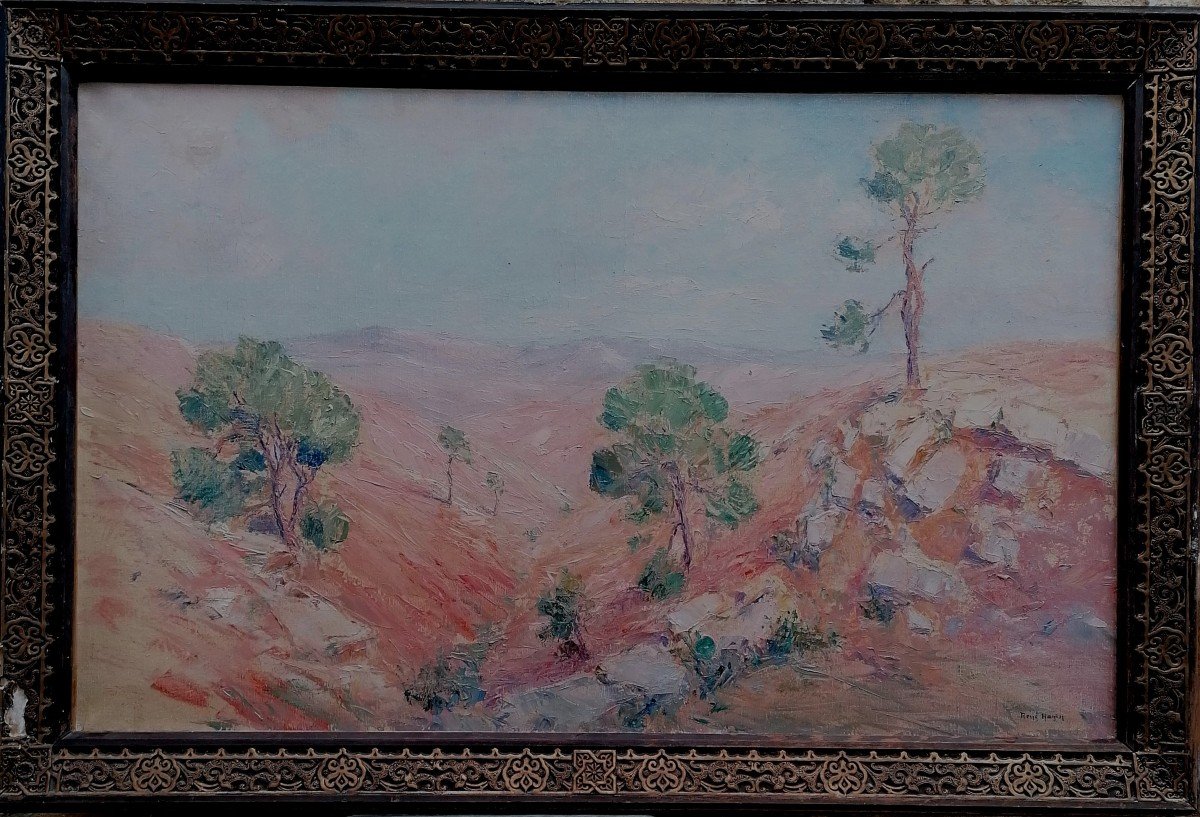



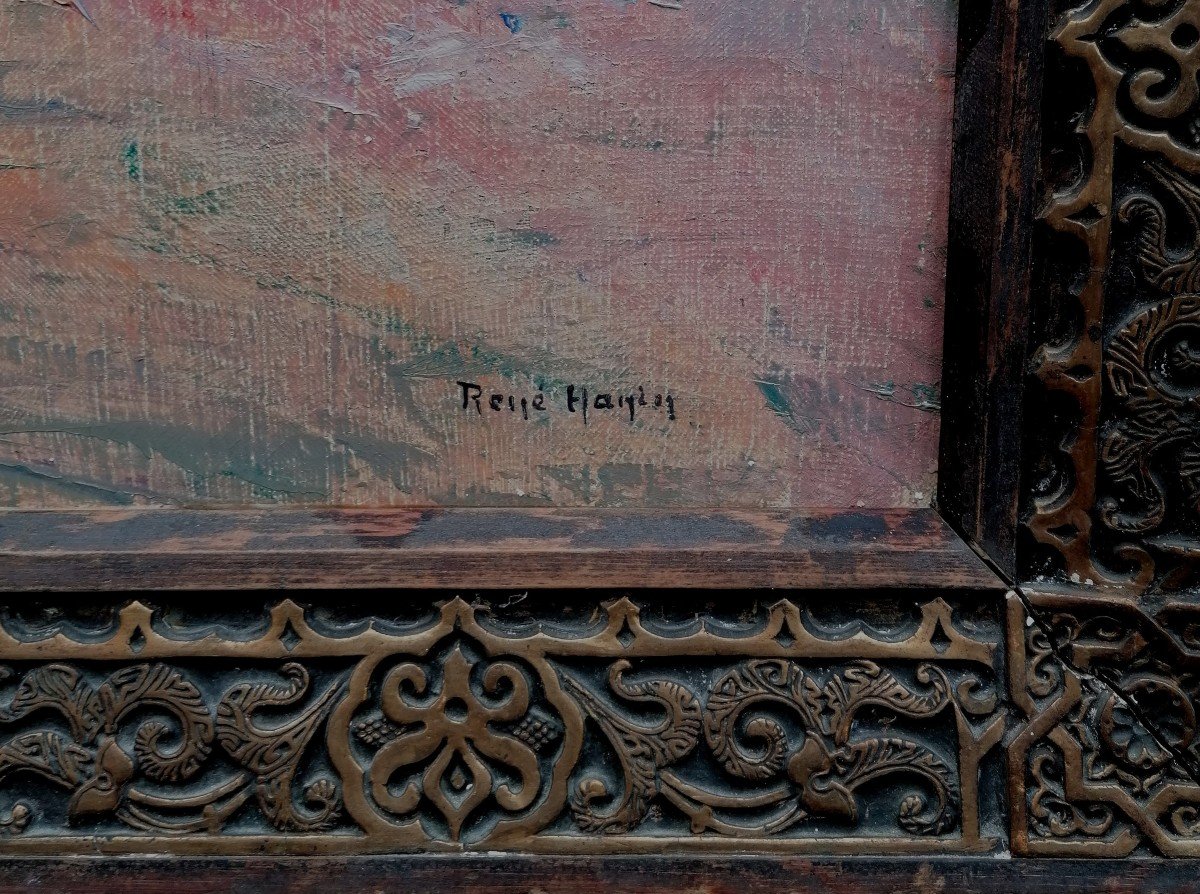



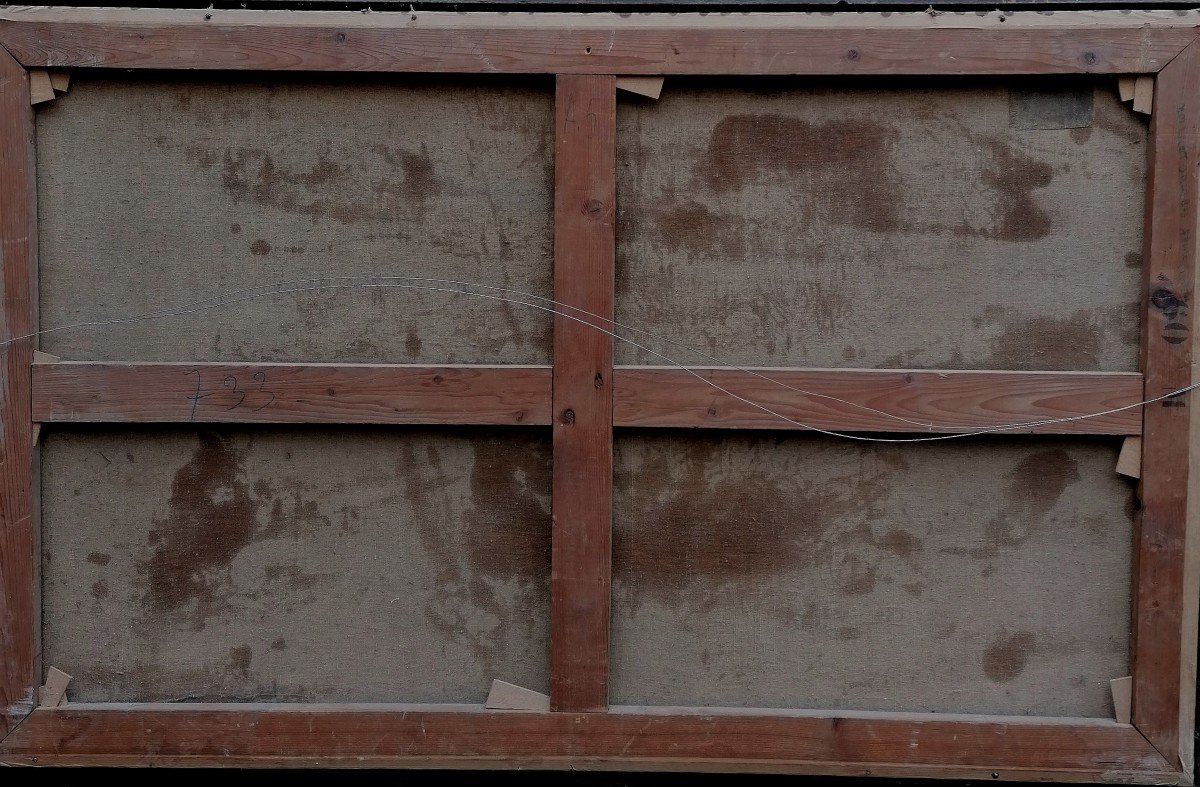











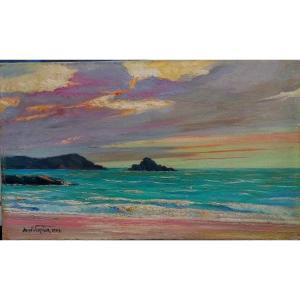
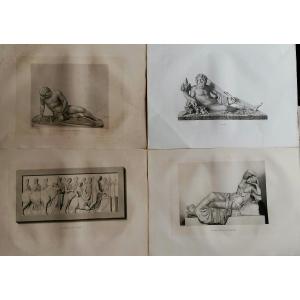




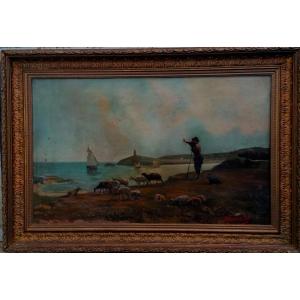
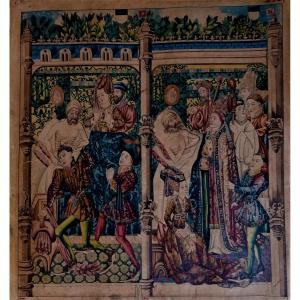

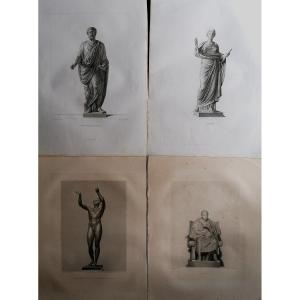
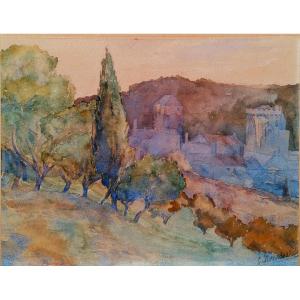

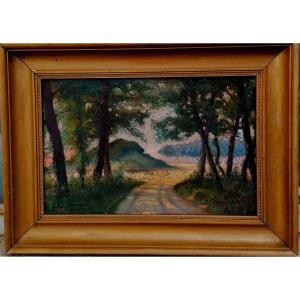
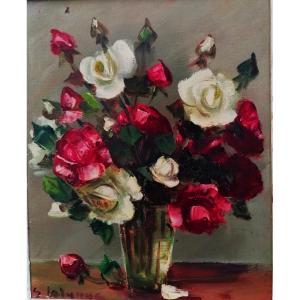


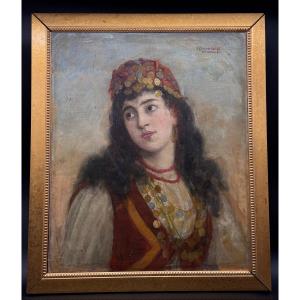






 Le Magazine de PROANTIC
Le Magazine de PROANTIC TRÉSORS Magazine
TRÉSORS Magazine Rivista Artiquariato
Rivista Artiquariato